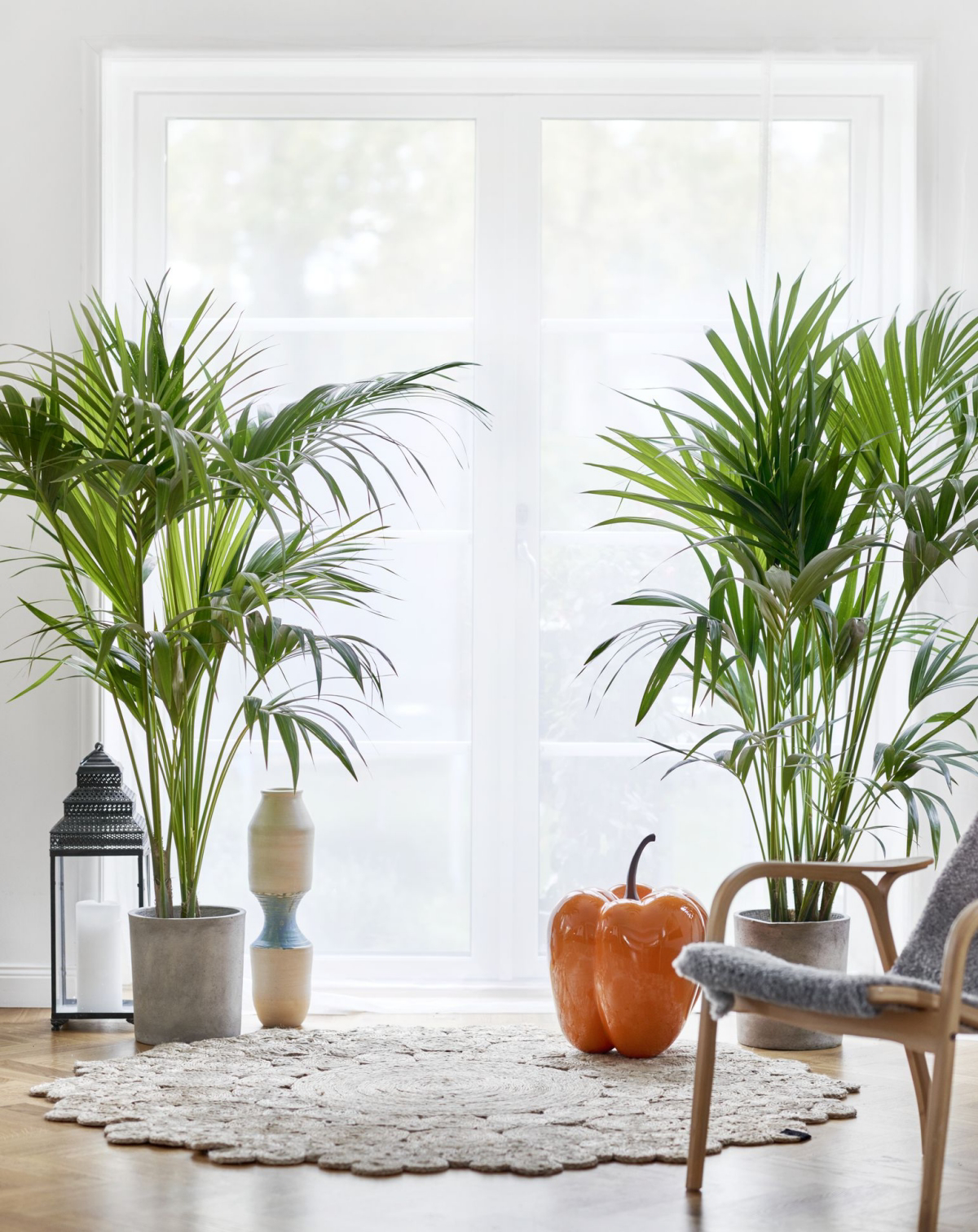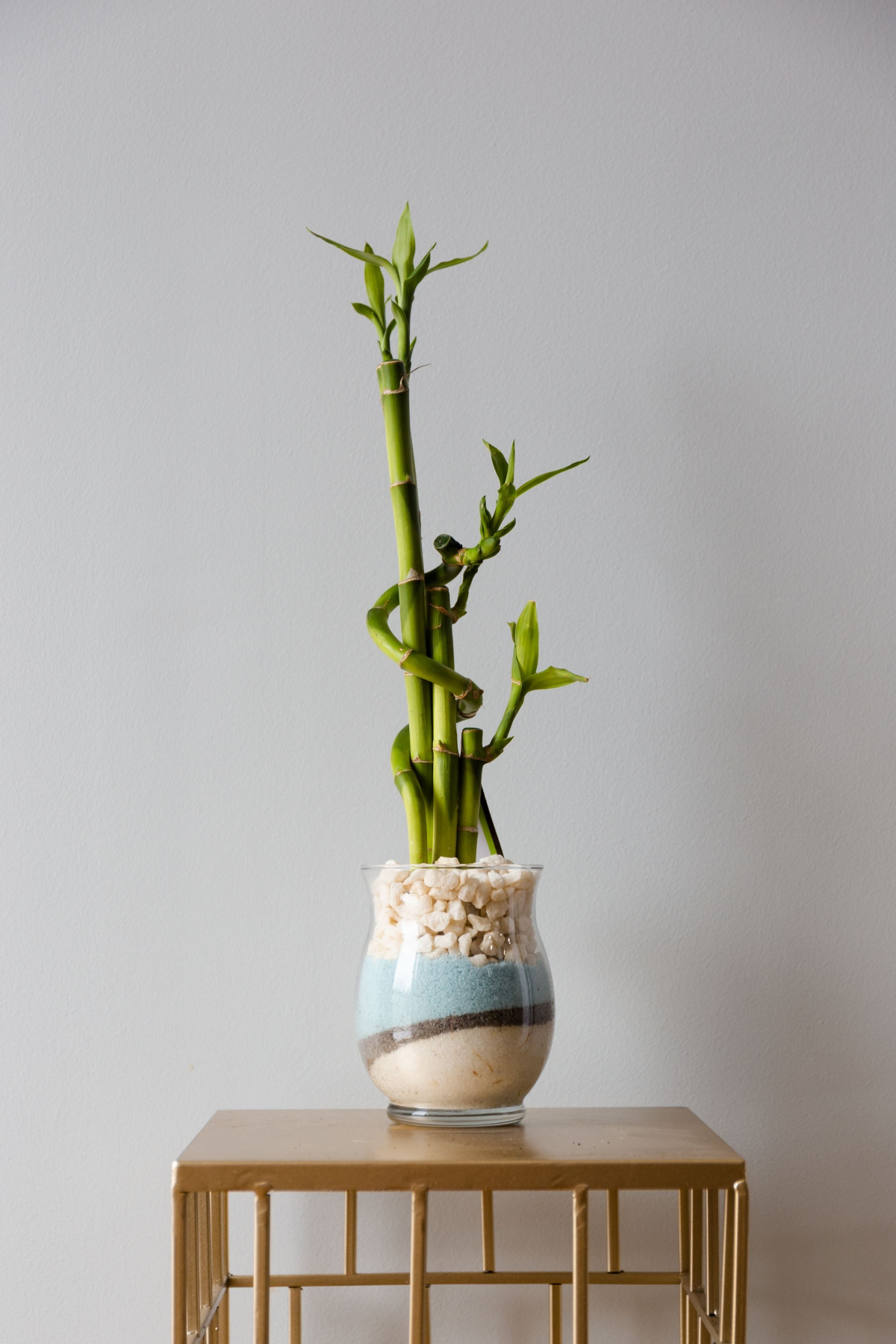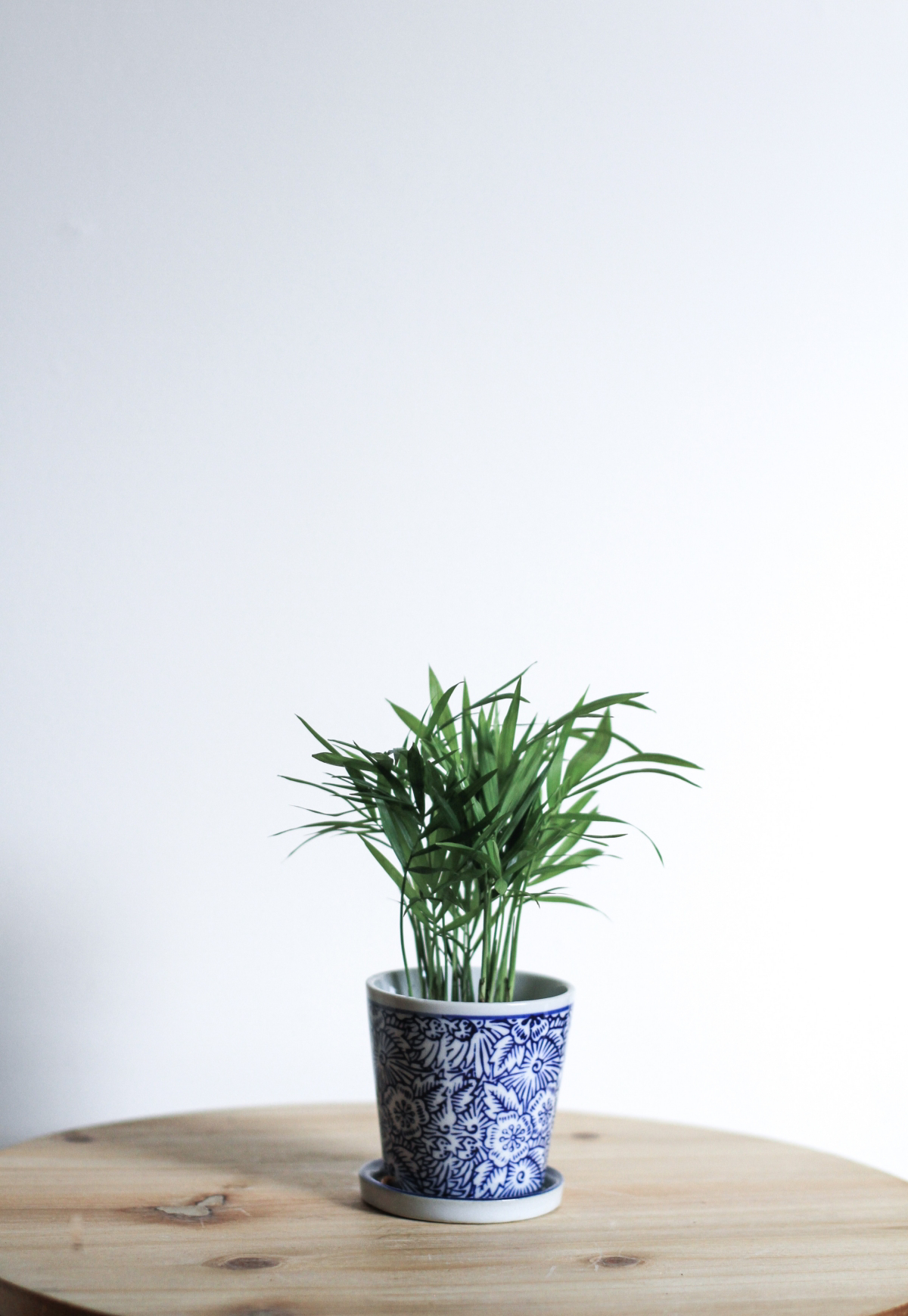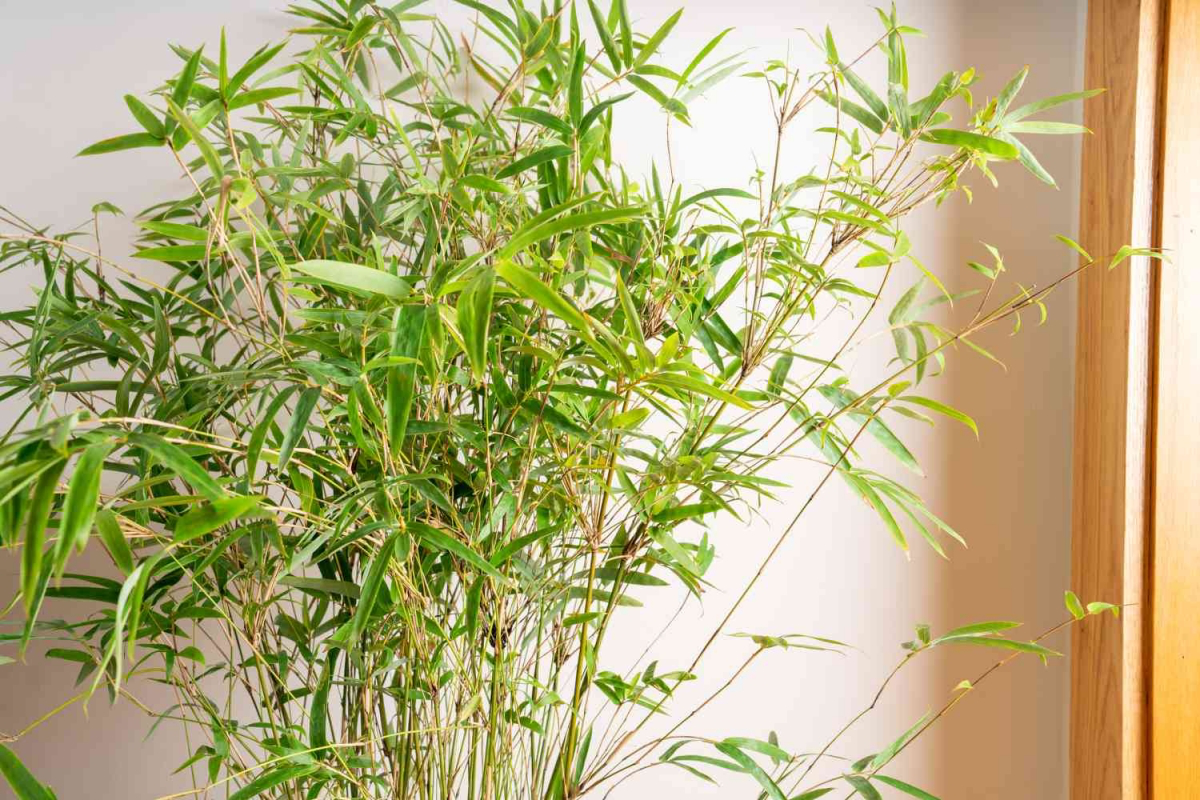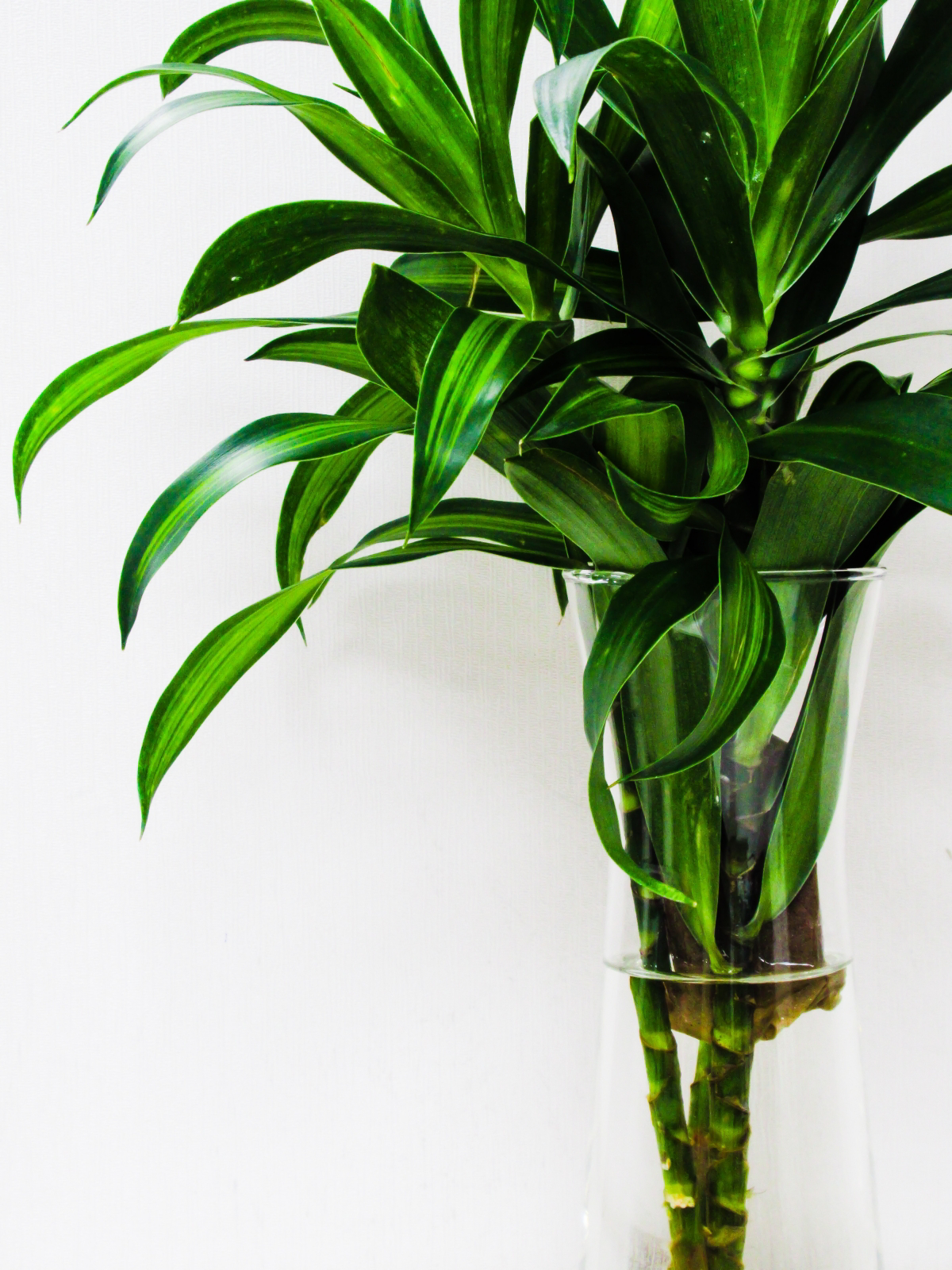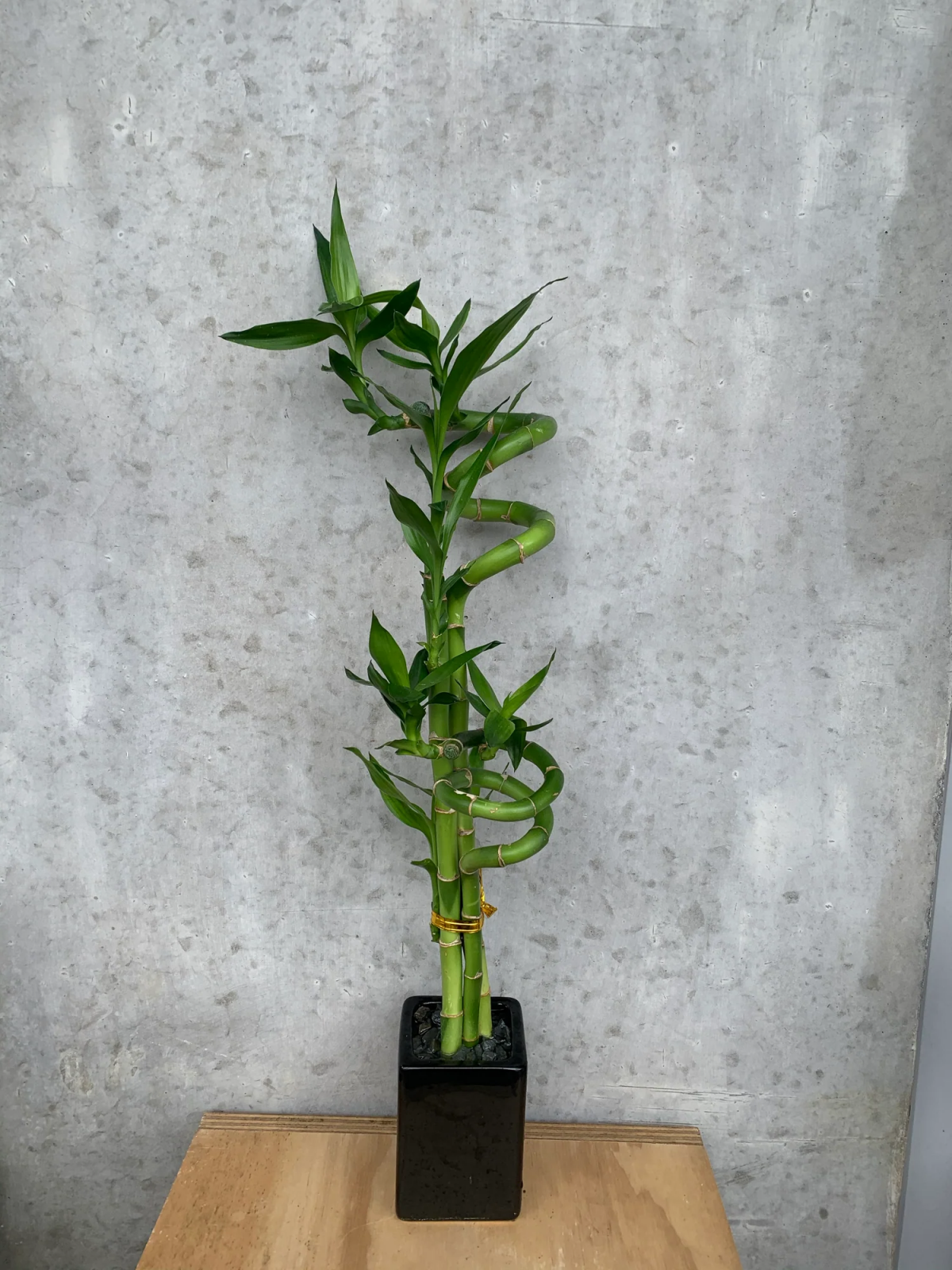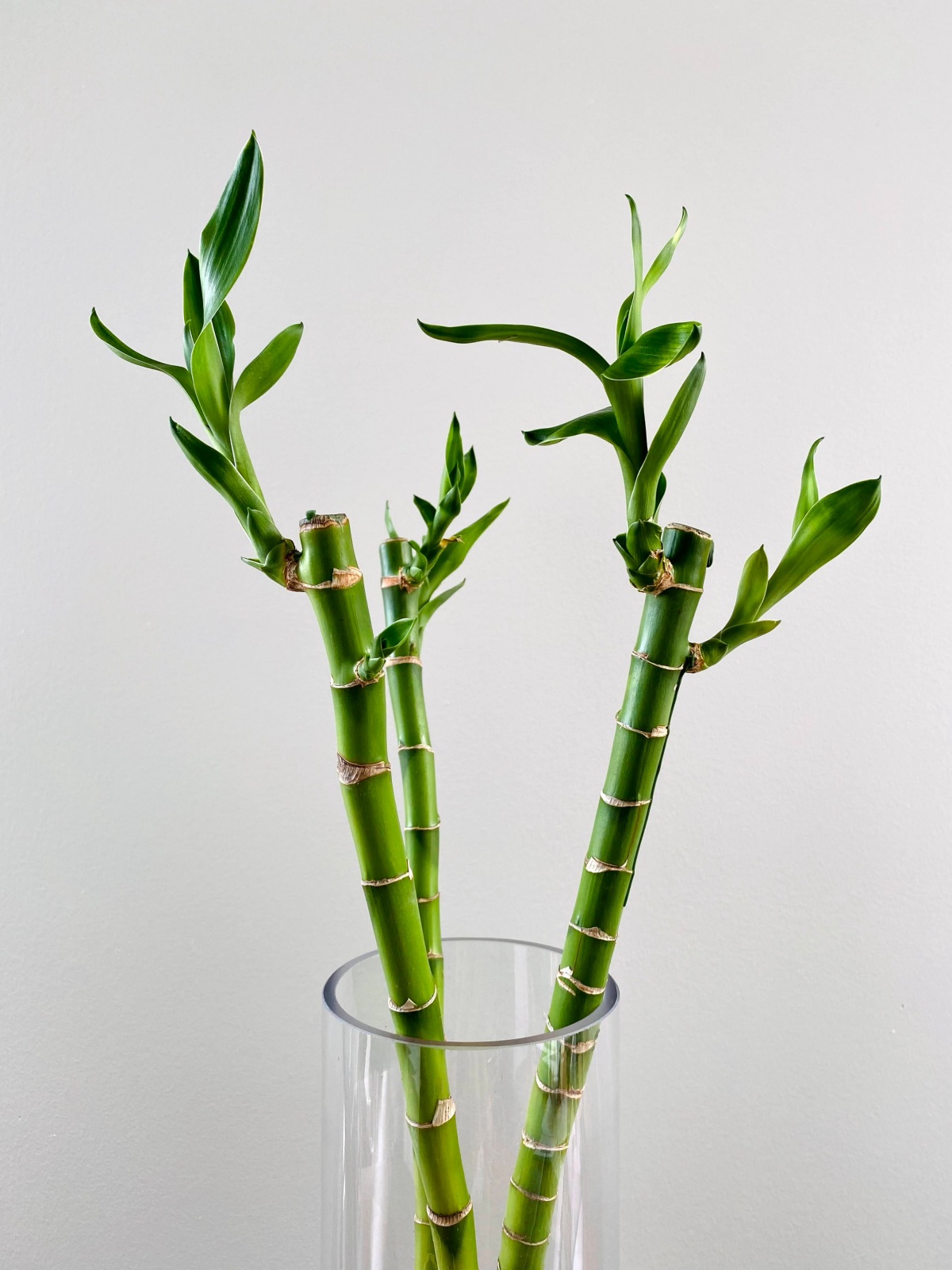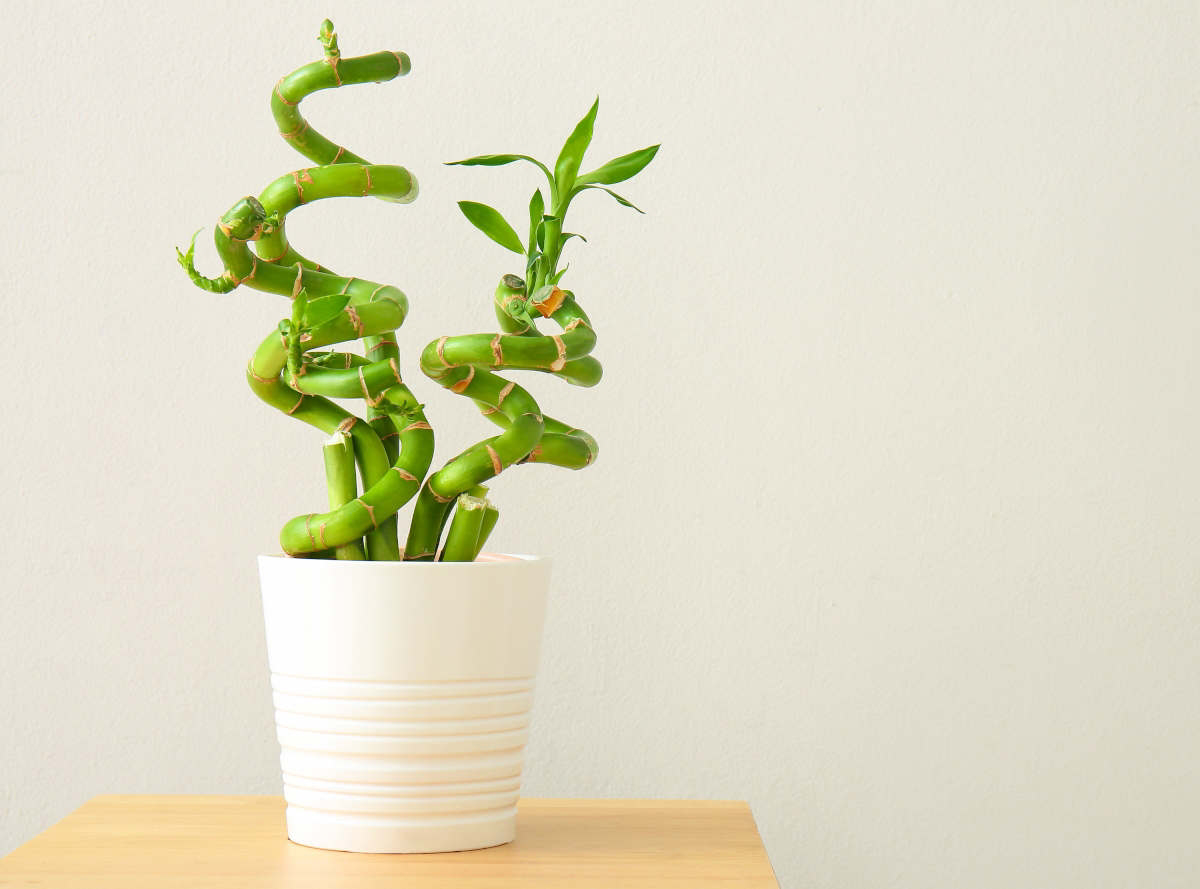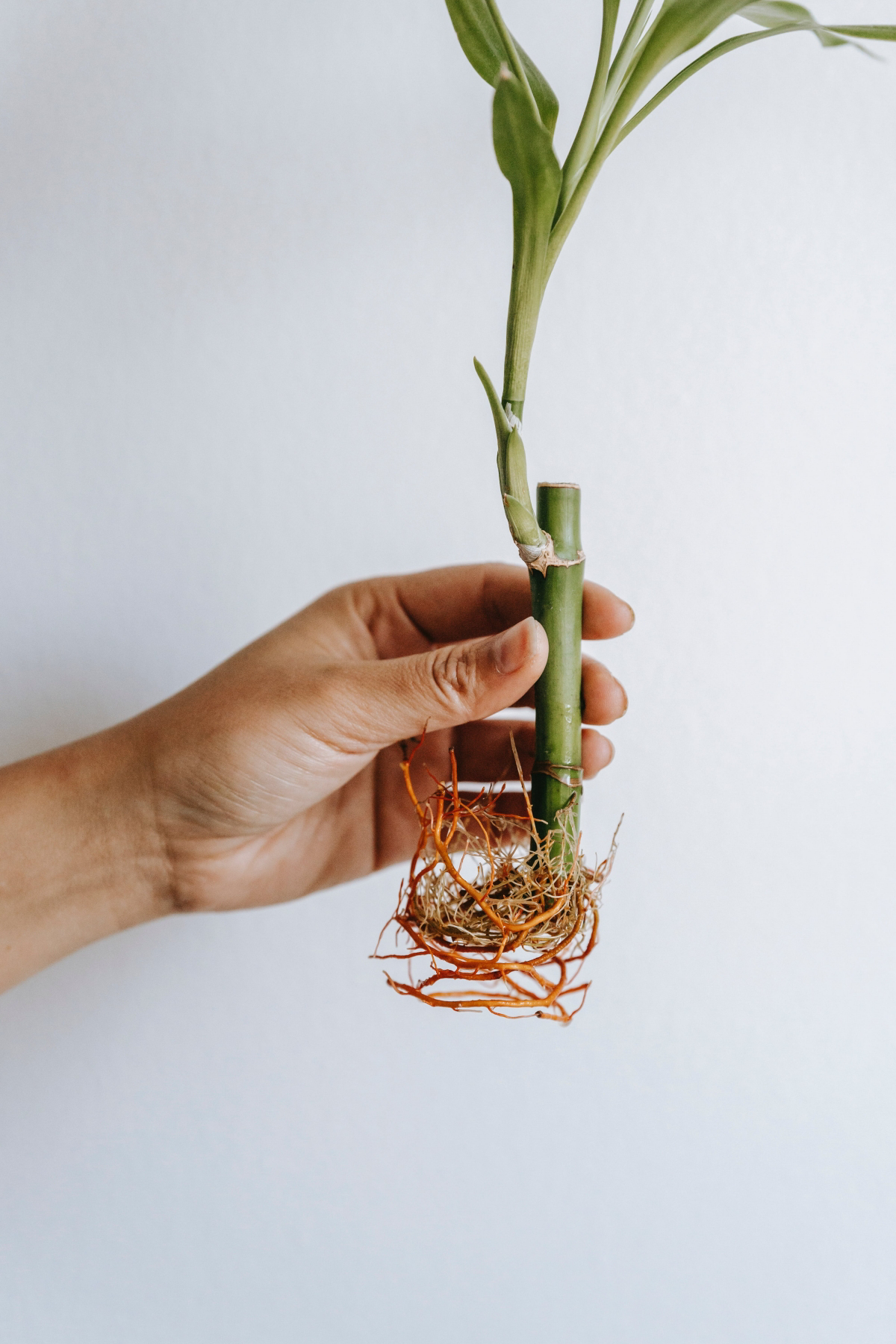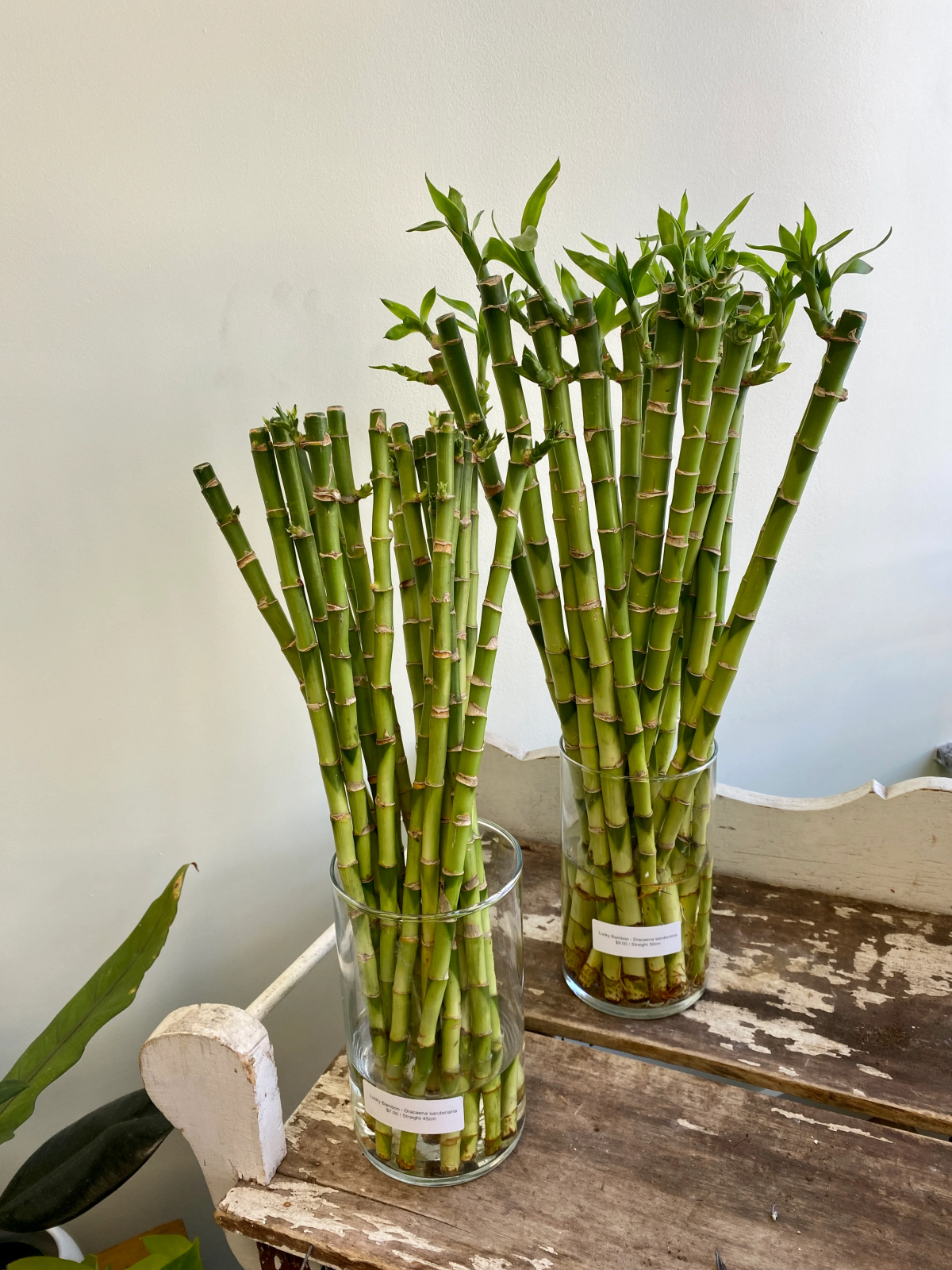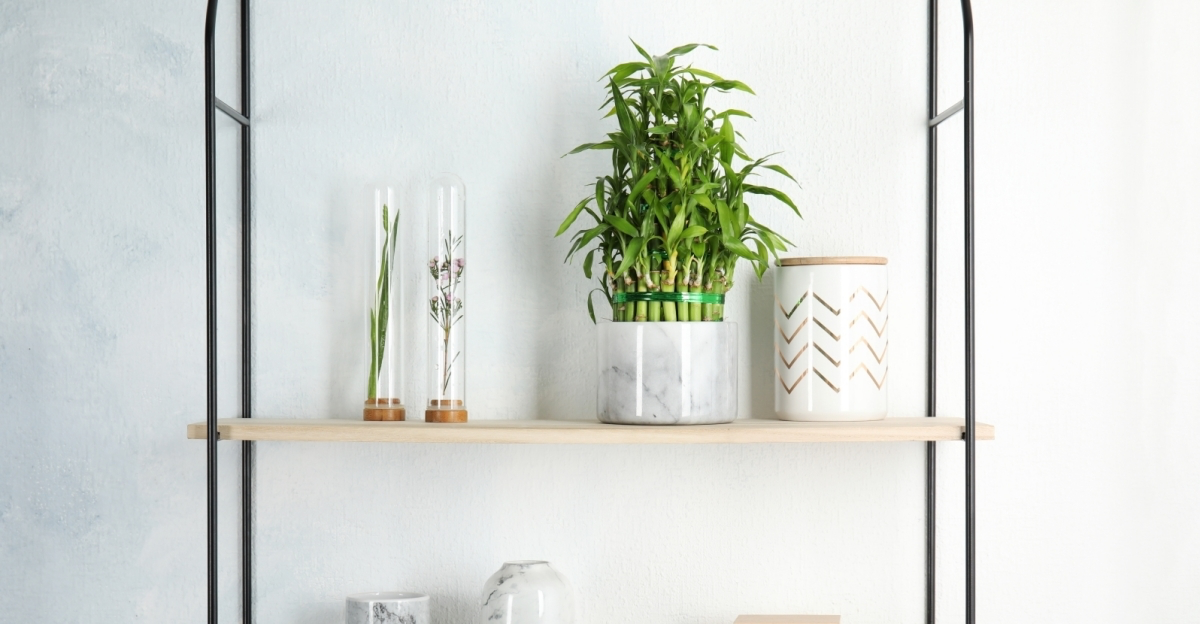The Benefits of Taking Care of a Bamboo Plant: Complete Guide
In the world of indoor plants, few are as iconic and intriguing as the bamboo plant. These graceful, resilient, and versatile green companions have captivated hearts and homes for generations. If you’re considering inviting a bamboo plant into your life or already have one gracing your space, this comprehensive guide is your key to ensuring its well-being and longevity. Join us on a journey to explore the wonders of bamboo and unlock the secrets to nurturing this extraordinary plant.
Let’s discover the beauty of the lucky bamboo plant together
In this article
What is a Bamboo Plant?
Bamboo, a member of the grass family Poaceae, is a group of perennial plants known for their rapid growth and unique appearance. While most people are familiar with the towering bamboo species that dot Asian landscapes, indoor bamboo plants, often referred to as “lucky bamboo,” belong to the Dracaena genus, primarily Dracaena sanderiana. These plants feature slender stalks and lush green foliage, creating an elegant and tranquil presence in any room.
The lucky bamboo plant is known for its rapid growth and unique appearance
Different Types of Bamboo Plants
While the term “lucky bamboo” is commonly used to describe indoor bamboo plants, there’s more variety than you might think. Here are some popular types:
- Dracaena Sanderiana: The classic lucky bamboo, known for its sleek, straight stalks and vibrant green leaves.
- Dracaena Braunii: Also known as “ribbon plant,” this variety has distinctive curly or braided stalks, adding an artistic touch to your decor.
- Dracaena Compacta: With shorter, bushier stalks and rich green foliage, this bamboo is perfect for compact spaces.
- Dracaena Marginata: This variety features striking red or burgundy edges on its leaves, adding a pop of color to your indoor oasis.
- Dracaena Fragrans: Known for its fragrant blooms, this bamboo variety boasts glossy green leaves and a sweet aroma.
- Dracaena Reflexa: With arching, flexible stems and lush foliage, this bamboo type brings a relaxed, natural vibe to your surroundings.
There is a great variety of bamboo plants to choose from
Who Should Get a Bamboo Plant?
The allure of bamboo plants extends far beyond their aesthetic appeal. These versatile and resilient green companions offer a plethora of benefits that can enhance your living environment and your overall well-being. Let’s explore some of the compelling advantages of welcoming bamboo into your home:
- Air-Purifying Prowess: Bamboo plants are renowned for their air-purifying abilities. They can effectively filter and cleanse indoor air by absorbing pollutants such as formaldehyde, benzene, and ammonia.
- Tranquil Ambiance: The graceful presence of bamboo plants can create a sense of tranquility and serenity in any room. Their elegant, slender stalks and lush green leaves exude a calming influence.
- Low Maintenance: Bamboo plants are known for their low-maintenance nature, making them suitable for individuals with busy lifestyles or those new to plant care. They require minimal attention and can thrive with basic care guidelines.
- Aesthetic Versatility: Bamboo’s timeless and minimalist aesthetic makes it a versatile addition to various interior design styles. Whether you prefer modern minimalism, bohemian chic, or traditional elegance, bamboo can effortlessly complement your decor.
- Symbolism of Good Fortune: In many cultures, bamboo is considered a symbol of good fortune, prosperity, and positive energy.
- Feng Shui Harmony: Bamboo plants are highly regarded in Feng Shui practices for their ability to harmonize and balance energy flow within a space. Placing bamboo strategically in your home can promote positive chi and create a sense of harmony.
- Greenery Year-Round:Unlike some houseplants that go through periods of dormancy, bamboo remains vibrant and green throughout the year.
- Stress Reduction: The presence of bamboo plants has been associated with stress reduction and improved mental well-being. Their calming influence and connection to nature can help create a peaceful atmosphere.
- Personal Growth: Bamboo’s rapid growth and resilience can serve as a metaphor for personal growth. Watching your bamboo thrive and flourish can inspire a sense of progress in your own life.
- Sustainable Choice: Bamboo is an eco-friendly plant known for its rapid growth and sustainability. By choosing bamboo plants, you are making an environmentally conscious decision.
Bamboo remains vibrant and green throughout the year
Benefits of Owning a Bamboo Plant
The allure of bamboo plants extends beyond their aesthetic appeal. Here are some of the remarkable benefits of inviting these green companions into your home:
- Air-Purifying Prowess: Bamboo plants are adept at filtering indoor air, removing pollutants, and enhancing air quality. Their presence can contribute to a healthier living environment.
- Low Maintenance: Bamboo plants are relatively easy to care for, making them an ideal choice for busy individuals or those new to plant parenthood.
- Feng Shui Harmony: In Feng Shui practices, bamboo is considered a symbol of good luck and positive energy. Placing bamboo in specific areas of your home is believed to promote harmony and prosperity.
- Stylish Decor: With their graceful foliage and versatile appearance, bamboo plants effortlessly complement a range of interior decor styles, from modern minimalism to bohemian chic.
- Symbol of Longevity: In many cultures, bamboo is associated with longevity and resilience, making it a meaningful and thoughtful gift for loved ones.
In Feng Shui practices, bamboo is considered a symbol of good luck and positive energy
Who Should Avoid This Plant?
While bamboo plants are generally easy to care for, there are a few considerations for those who might want to think twice before bringing one home:
- Pet Owners: Some curious pets may be tempted to nibble on bamboo leaves, which can lead to digestive discomfort. If you have pets known for their plant-chewing habits, consider other pet-friendly options.
- Parents of Young Children: If you have young children who enjoy exploring and experimenting, it’s important to place bamboo plants out of their reach. The stalks can be tempting to little hands, and you want to avoid accidents.
- Low-Light Environments: While bamboo can tolerate lower light conditions, it thrives in bright, indirect sunlight. If your space lacks natural light altogether, you might want to explore other low-light houseplants.
Some curious pets may be tempted to nibble on bamboo leaves, which can lead to digestive discomfort
Is a Bamboo Plant Hard to Take Care Of?
No, bamboo plants are generally not difficult to care for. In fact, they are considered one of the easiest indoor plants to maintain. However, like all living things, they have specific care requirements that must be met to ensure their well-being and longevity.
Bamboo plants are considered one of the easiest indoor plants to maintain
How to Take Care of a Bamboo Plant
Taking care of your bamboo plant involves several essential elements, each contributing to the overall health and vibrancy of this graceful green companion. Let’s delve into the specifics of each aspect to ensure your bamboo thrives in your care:
Watering
- Consistent Moisture: Maintaining the right level of moisture is crucial for your bamboo’s well-being. Keep the soil consistently moist but not waterlogged. To achieve this, water your plant thoroughly, allowing excess water to drain from the pot’s bottom. Ensure there’s a saucer to catch any excess water.
- Dry Top Inch: Allow the top inch (approximately 2.5 centimeters) of the soil to dry before watering again. Checking the soil’s moisture level with your finger is an effective way to gauge when it’s time to water.
- Quality Water: Opt for distilled or purified water when hydrating your bamboo. Using tap water with high mineral content can lead to mineral buildup in the soil over time. Avoid using cold water; room temperature water is ideal to prevent shocking the plant.
Maintaining the right level of moisture is crucial for your bamboo’s well-being
Light
- Bright, Indirect Sunlight: Bamboo plants thrive in bright, indirect sunlight. Ensure they receive filtered or indirect light, replicating the conditions found under the canopy of taller plants in their natural habitat.
- Sun Exposure Caution: Avoid placing your bamboo in direct sunlight, as this can scorch the leaves and lead to damage. If you notice the leaves turning yellow or brown, it may indicate excessive sun exposure.
Avoid placing your bamboo in direct sunlight, as this can scorch the leaves and lead to damage
Temperature
- Optimal Range: Maintain a temperature between 65°F to 80°F (18°C to 27°C) for your bamboo plant. This temperature range mimics the comfortable climate they enjoy in their native habitats.
- Draft-Free Environment: Shield your bamboo from drafts and sudden temperature fluctuations, as these can stress the plant. Additionally, avoid placing it near heaters, radiators, or air conditioning vents, which can create extreme conditions.
Shield your bamboo from drafts and sudden temperature fluctuations
Fertilization
- Balanced Nutrition: Feed your bamboo plant with a diluted, balanced liquid fertilizer every two to four weeks during the growing season, typically from spring through summer. This provides essential nutrients for healthy growth.
- Seasonal Adjustment: Adjust your fertilization schedule during the dormant season, which typically occurs in the fall and winter. Reduce the frequency to give your bamboo plant a chance to rest.
Feed your bamboo plant with a diluted, balanced liquid fertilizer every two to four weeks
Placement
- Strategic Placement: Choose a location with bright, filtered sunlight for your bamboo plant. Avoid dark corners or areas with excessively low light, as this can hamper its growth and vibrancy.
- Rotate for Balance: Periodically rotate your bamboo plant to ensure even growth. Bamboo has a natural inclination to lean toward its light source, so turning it gently helps maintain a balanced appearance.
Avoid dark corners or areas with excessively low light
Humidity
- Enhanced Humidity: Bamboo plants appreciate higher humidity levels, reminiscent of their tropical origins. You can elevate humidity by misting the leaves regularly or placing the pot on a humidity tray filled with water and pebbles.
- Combatting Dry Air: Be vigilant about indoor air quality, as dry indoor air can lead to brown leaf tips. Maintaining adequate humidity levels is essential to prevent this common issue.
Bamboo plants appreciate higher humidity levels, reminiscent of their tropical origins
Soil
- Well-Draining Mix: Choose a well-draining potting mix that provides good aeration for the bamboo’s roots. A blend of potting soil and perlite or orchid bark offers optimal conditions for healthy growth.
Choose a well-draining potting mix that provides good aeration for the bamboo’s roots
Type of Pot
- Drainage Holes: Select a pot with drainage holes at the bottom to prevent waterlogging. Adequate drainage is essential for the overall health of your bamboo plant. If you prefer decorative containers without drainage, exercise caution not to overwater.
Repotting
- Growth-Driven Repotting: Young bamboo plants may require repotting every year or two to accommodate their vigorous growth. As the roots outgrow their current container, it’s essential to provide more space for them to thrive.
- Springtime Renewal: If repotting becomes necessary, opt for a pot that is approximately 2 inches larger in diameter than the current one. Spring is the ideal season for this transition, as it aligns with the plant’s natural growth cycle.
Young bamboo plants may require repotting every year or two to accommodate their vigorous growth
Propagation
- Stem Cuttings: Bamboo plants can be propagated through stem cuttings. To propagate, cut a healthy section of the stem with at least one node, ensuring it has some leaves. Place the cutting in either water or well-draining soil to allow it to develop roots.
Bamboo plants can be propagated through stem cuttings
Pests
- Vigilant Monitoring: While bamboo plants are generally pest-resistant, it’s essential to monitor your plant regularly. Look out for potential intruders such as spider mites or mealybugs.
- Prompt Intervention: If you detect any unwelcome pests, address them promptly with neem oil or insecticidal soap to safeguard your bamboo plant’s well-being.
While bamboo plants are generally pest-resistant, monitor your plant regularly
By paying careful attention to these vital aspects of bamboo plant care, you’ll create an environment in which your green companion can thrive and grace your home with its enduring beauty and positive energy. Bamboo’s ability to purify the air, its aesthetic appeal, and its symbolism of good fortune make it a cherished addition to any indoor space. As you nurture your bamboo, you’ll not only witness its growth but also cultivate a sense of tranquility and harmony within your home. So, embrace the greenery, and let the elegance of bamboo enrich your life with its timeless charm.
With these tips and tricks, your green companion will thrive
Conclusion
Caring for a bamboo plant is not only an enjoyable and rewarding experience, but also an opportunity to enhance your living space with natural elegance and positive energy. Whether you’re an experienced plant enthusiast or a beginner, bamboo’s resilience and low-maintenance nature make it a perfect choice for your indoor oasis. As you nurture your bamboo, you’ll not only foster its growth but also cultivate a sense of tranquility and harmony within your home. So, embrace the greenery, and let the beauty of bamboo grace your life with its timeless charm.
Now you know everything about this lucky green plant!


